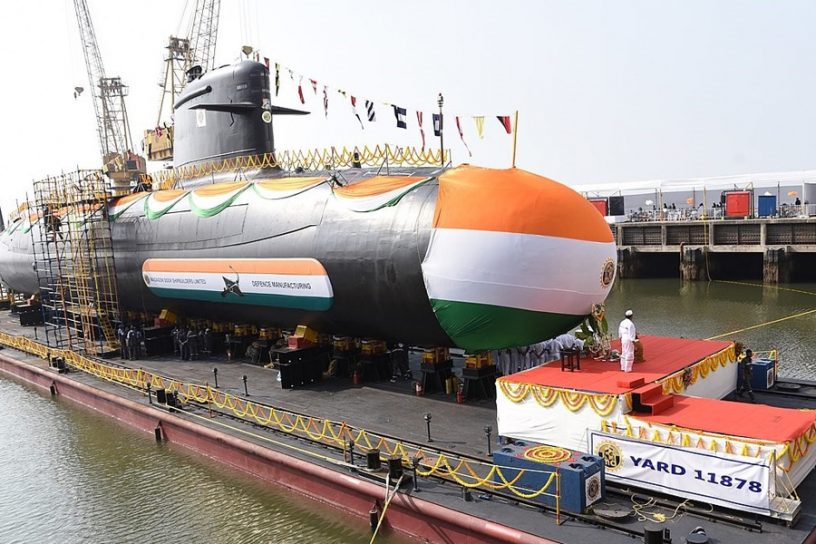
This article tries to assess the kind of SSBN force level Indian Navy would need to operationalise a CASD posture in the future.
Author
Anubhav Shankar Goswami, Doctoral Scholar, Jindal School of International Affairs, O.P Jindal Global University, Sonipat, Haryana, India; Research Associate, Centre for Air Power Studies, New Delhi.
Summary
India is situated in a difficult weapons of mass destruction (WMD) region. The fact that both of its nuclear-capable neighbours—China and Pakistan—are engaged in a secret and extensive nuclear cooperation framework adds to New Delhi’s difficulties.Therefore, to create a robust nuclear deterrent, India has also embarked on developing the sea-leg of its nuclear triad, which is believed to be the least vulnerable and most survivable deterrence platform.
With the launch of the third ballistic submarine missile of the Arihant-class in January 2022, which is capable of carrying intermediate-range Submarine Launch Ballistic Missiles (SLBM); India’s SSBN programme is maturing into a credible second-strike capability. Gradual addition of longer range SLBMs in future will allow the Indian Navy to exploit larger patrol areas afforded by longer range missiles through Open Ocean patrolling and have a permanent presence in the deep sea. Called continuous at-sea deterrence (CASD) posture in military parlance, permanent presence of an SSBN in the open ocean adds credibility to the sea-leg of a country’s nuclear deterrence.
This article tries to assess the kind of SSBN force level Indian Navy would need to operationalise a CASD posture in the future.
Published: Financial Express
To read the full article, please click here.


